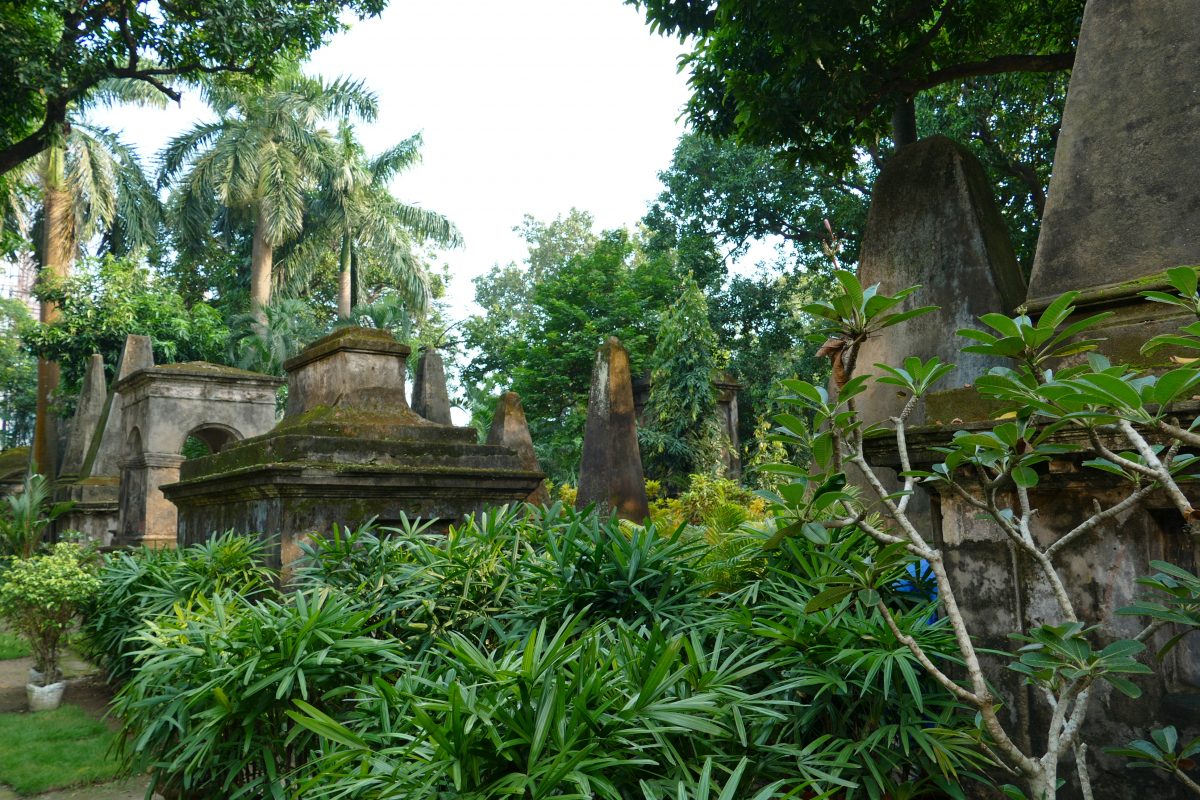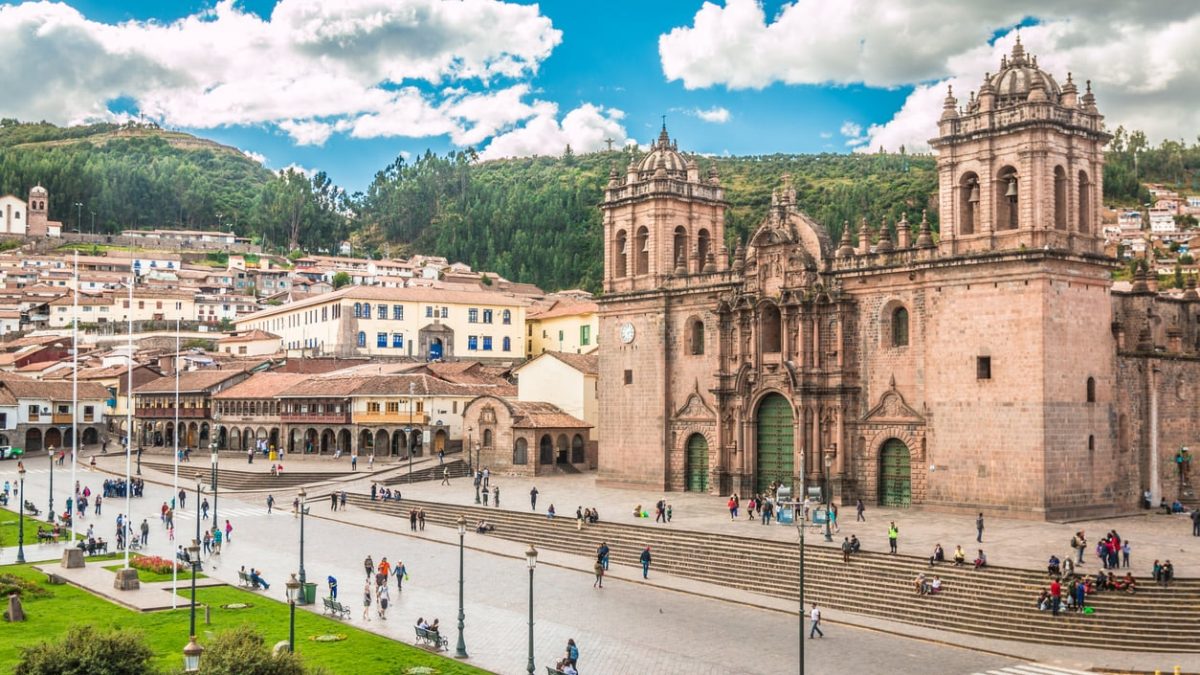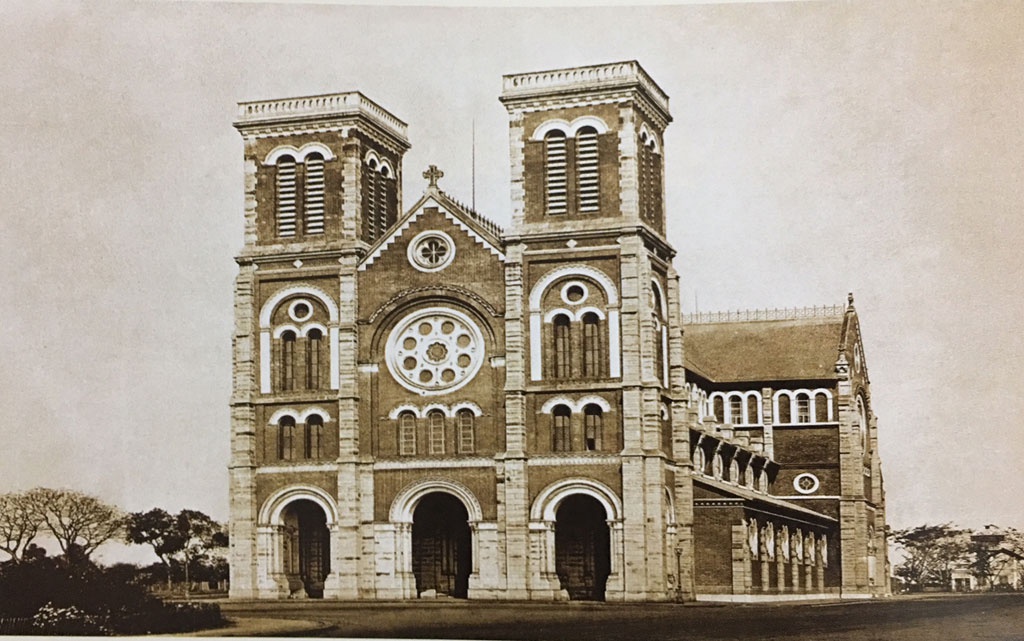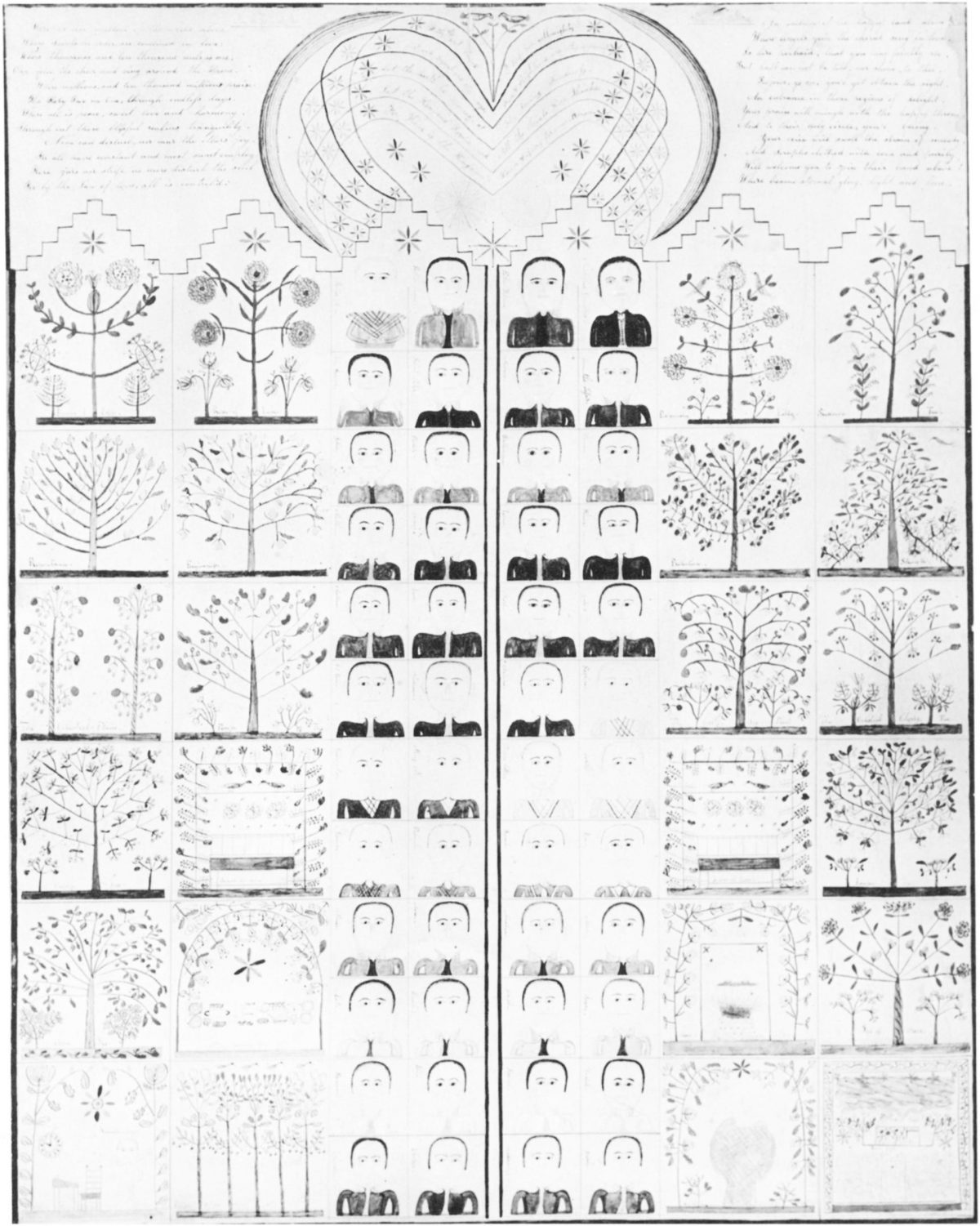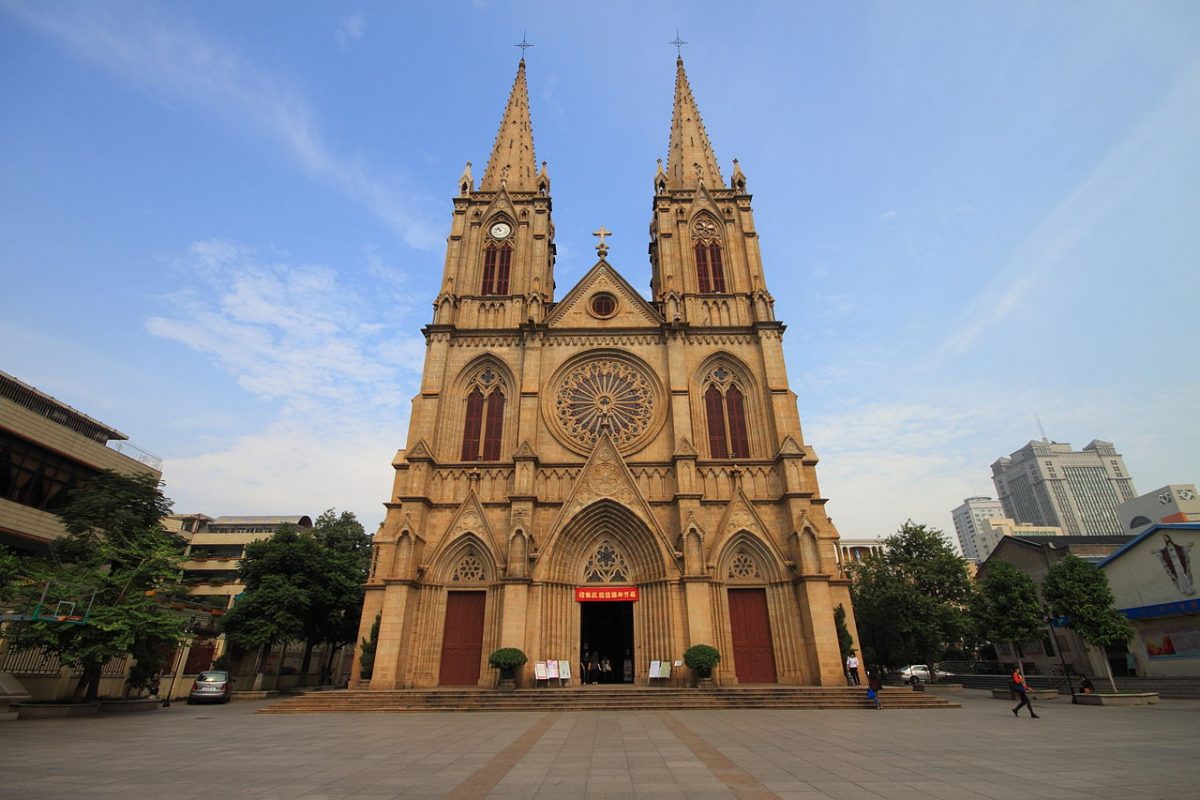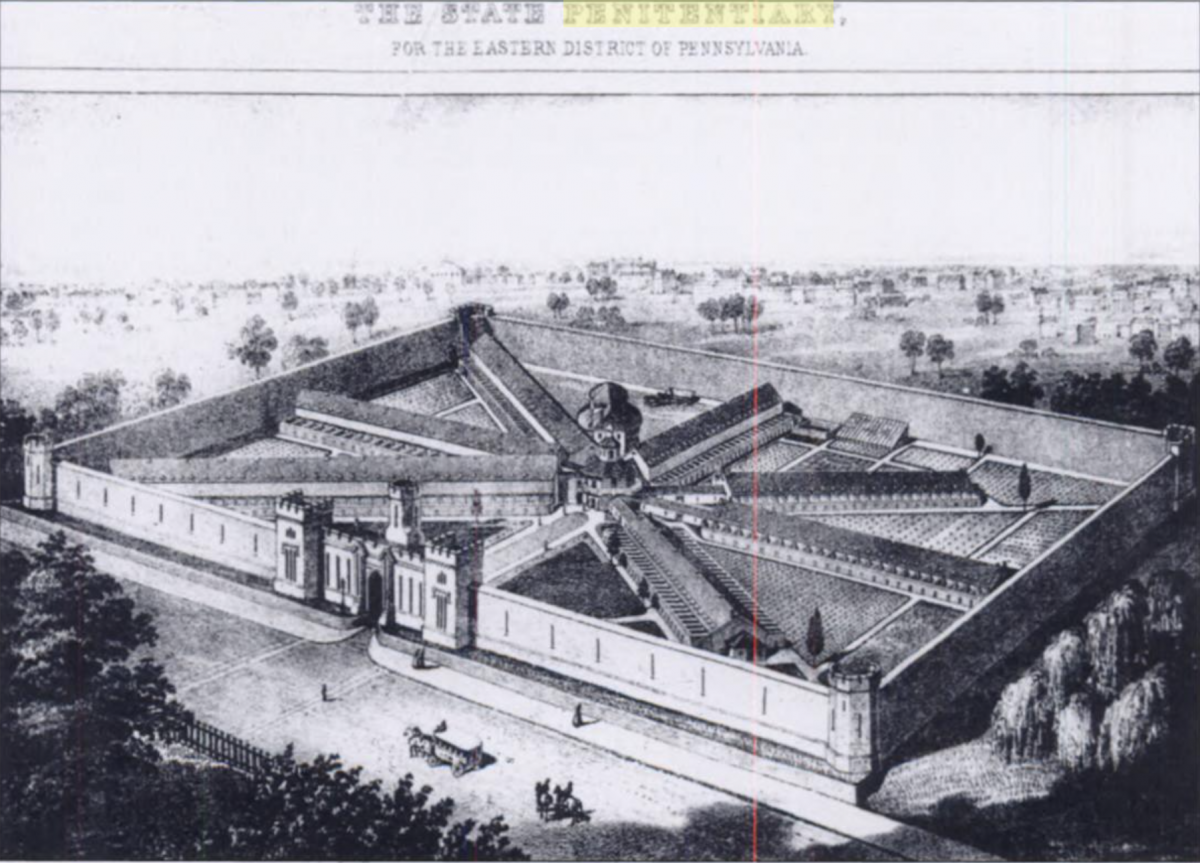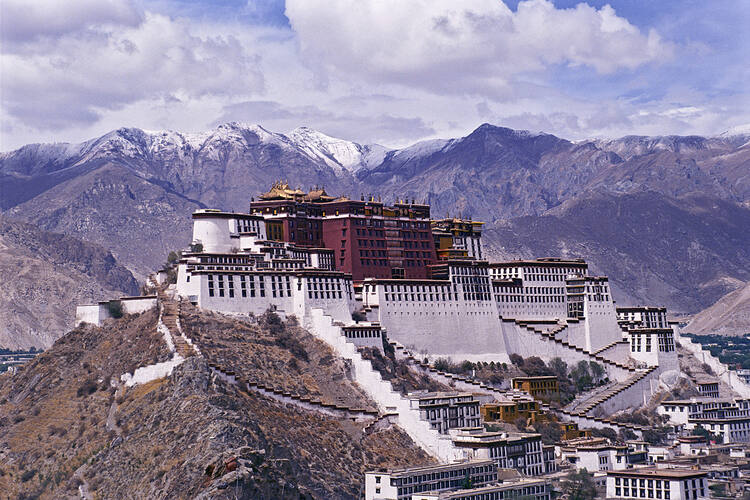The life after death for a colonial British cemetery in India In the early nineteenth century, England was undergoing a period of rapid development due to industrialization. This led to an urban population boom in places like London especially, which ushered in changes to much of the city’s infrastructure in order to accommodate the new […]
